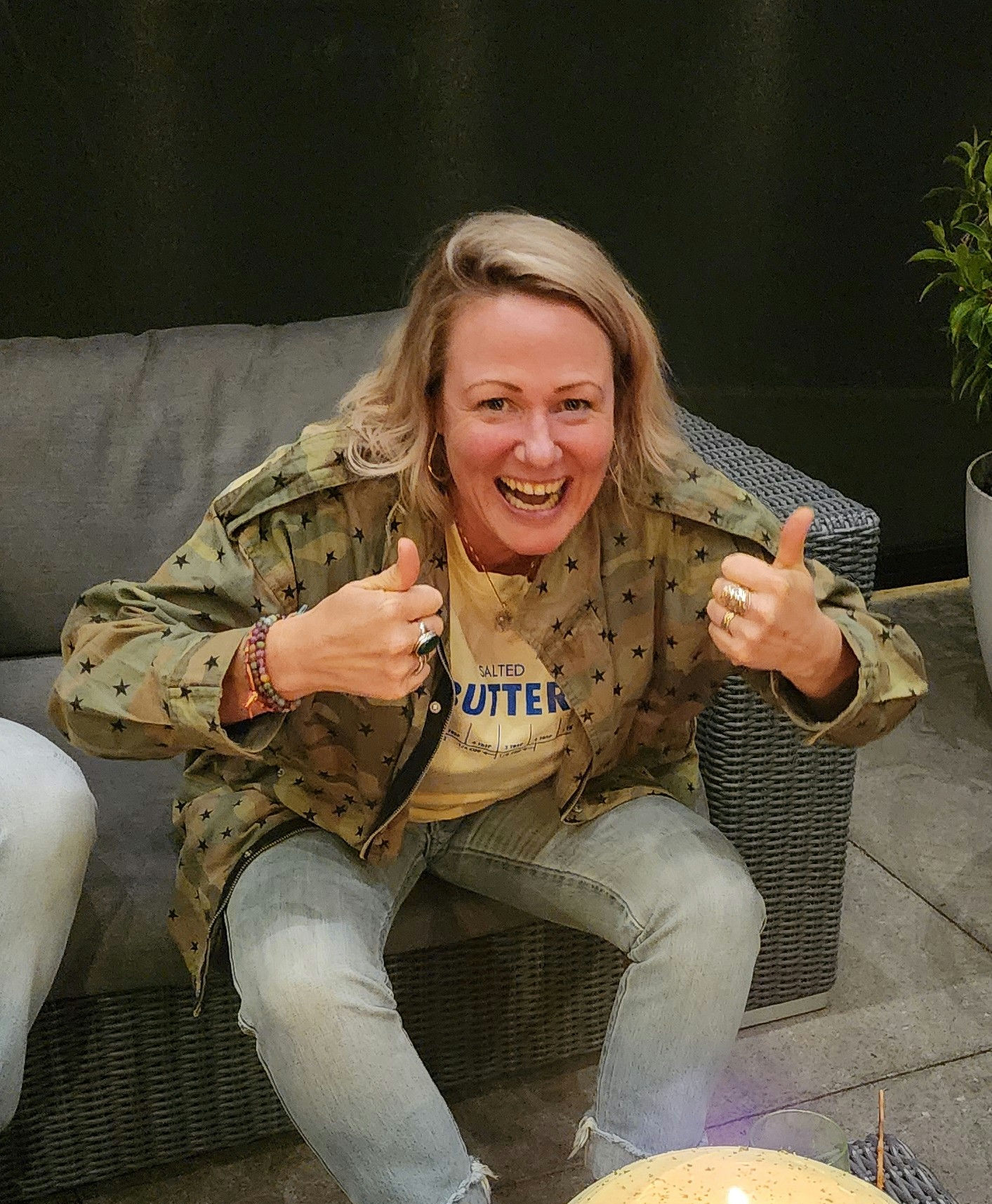How do other successful communication skills trainers keep their audiences interested?
- Carly (CJ) Shorter
- Jul 4
- 2 min read
Updated: Aug 15

How do other successful trainers keep their audiences interested? They design every 8–10 minutes for relevant engagement, never letting things sit flat, read the room accurately and bring the required level of energy and appropriate activities at the most appropriate times.
Stanford University's Teaching Commons research reveals that student engagement requires addressing fear of failure by asking questions that invite opinion and interpretation rather than "correct" answers, as questions with no risk of failure elicit responses even from uncertain participants [1], while academic studies on audience engagement techniques show that successful facilitators use discussable questions, allow adequate time for responses, and relate discussion outcomes directly to their content [2].
Successful trainers understand that engagement isn't an accident - it's engineered. They don't hope people will participate; they create conditions where participation feels natural and safe.
The 8-10 minute rule is crucial. Attention spans are short, so elite trainers build interaction points throughout their sessions. This isn't just asking "any questions?" It's designing specific moments where people process, discuss, or apply what they've just learned.
Great trainers also read energy levels constantly. When they see phones coming out or side conversations starting, they immediately shift gears. They might call a quick pair-share, ask for a show of hands, or throw in a relevant story that connects to participants' experiences.
The best trainers make engagement feel effortless by removing barriers to participation. They ask questions where there's no "wrong" answer, create small group discussions before large group sharing, and acknowledge contributions in ways that encourage more input.
They also understand that different people engage differently. Some think out loud, others need processing time. Successful trainers build in multiple ways for people to participate - verbal responses, written reflections, physical movement, and peer discussions.
Most importantly, they never push through disengagement. If the room goes flat, they stop and reset rather than continuing with their planned content and current delivery.
Related Questions:
What's the difference between asking good questions and bad questions in training? Good questions invite thinking and sharing; bad questions have one "right" answer that participants fear getting wrong.
How do successful trainers handle participants who dominate discussions? They redirect politely by saying things like "Let's hear from someone who hasn't shared yet" or use structured turn-taking.
Should trainers stick to their planned activities even if the audience isn't responding? Never - flexibility and responsiveness matter more than following a script perfectly.
Source Links:



